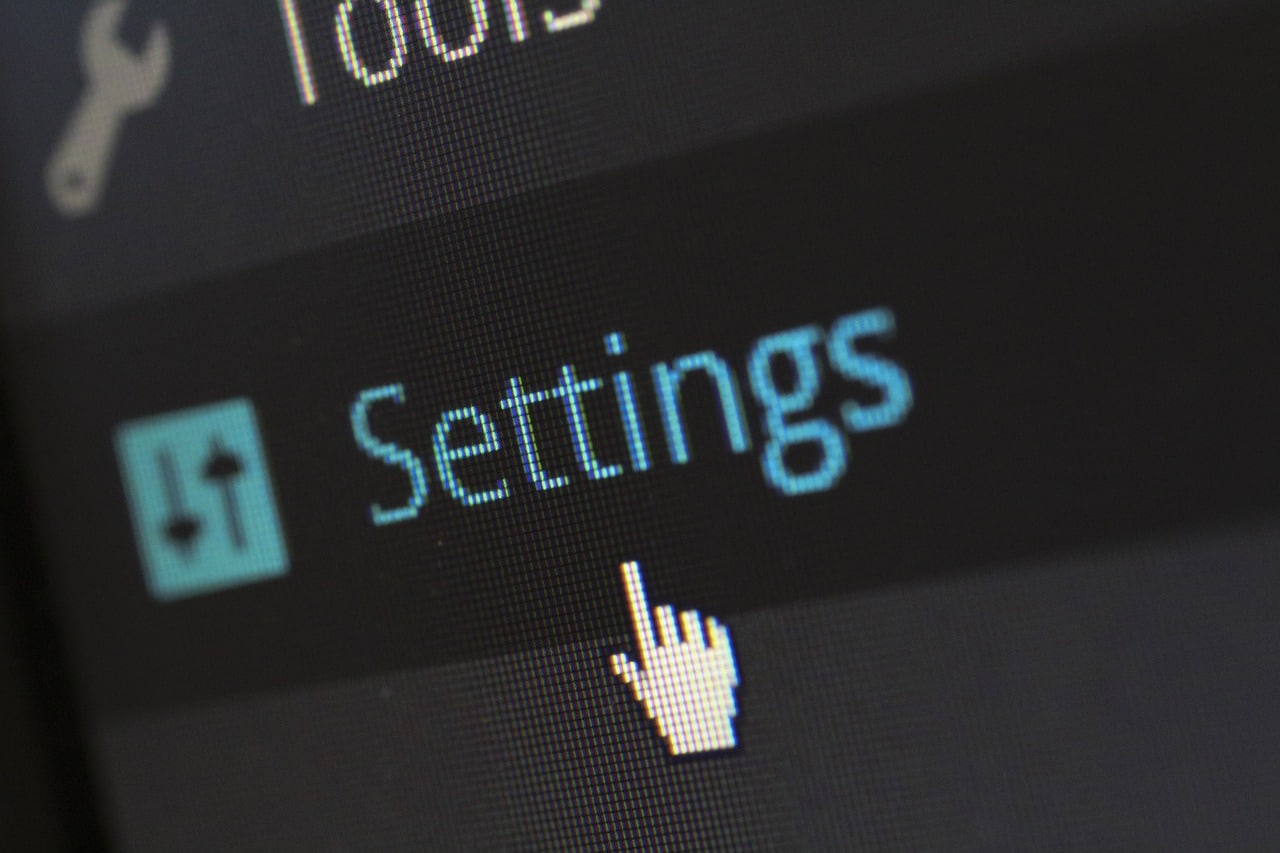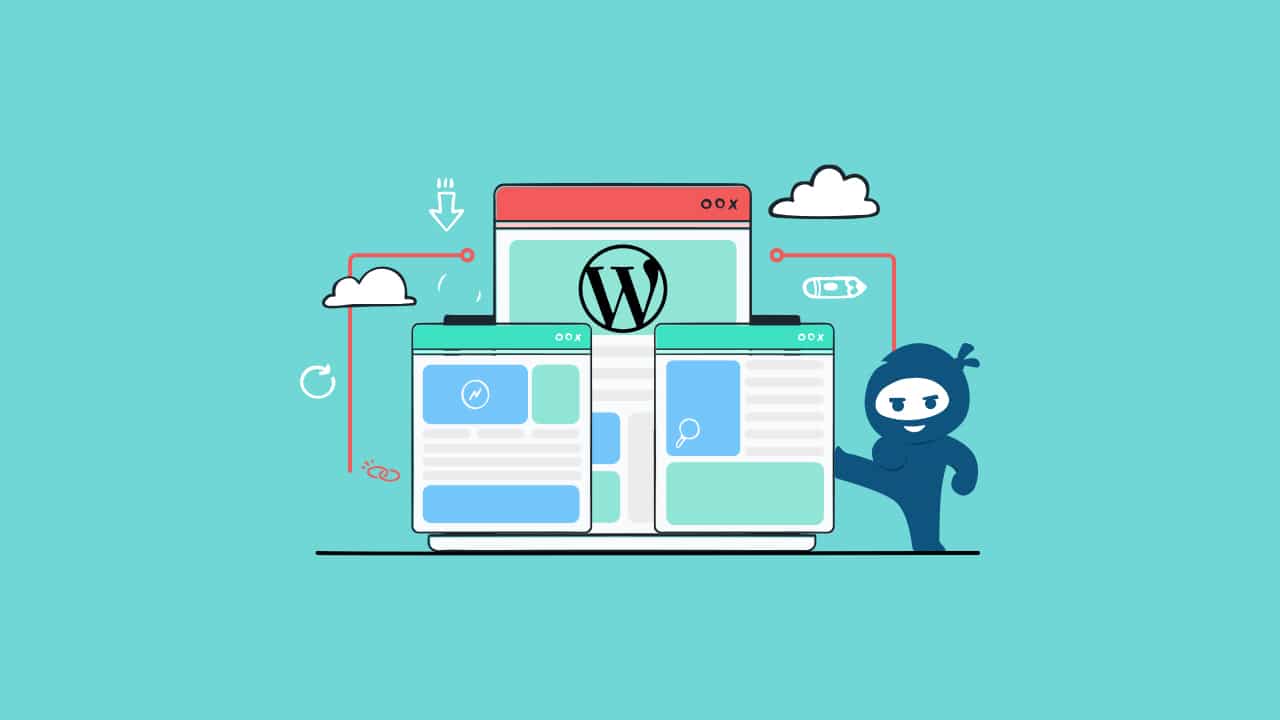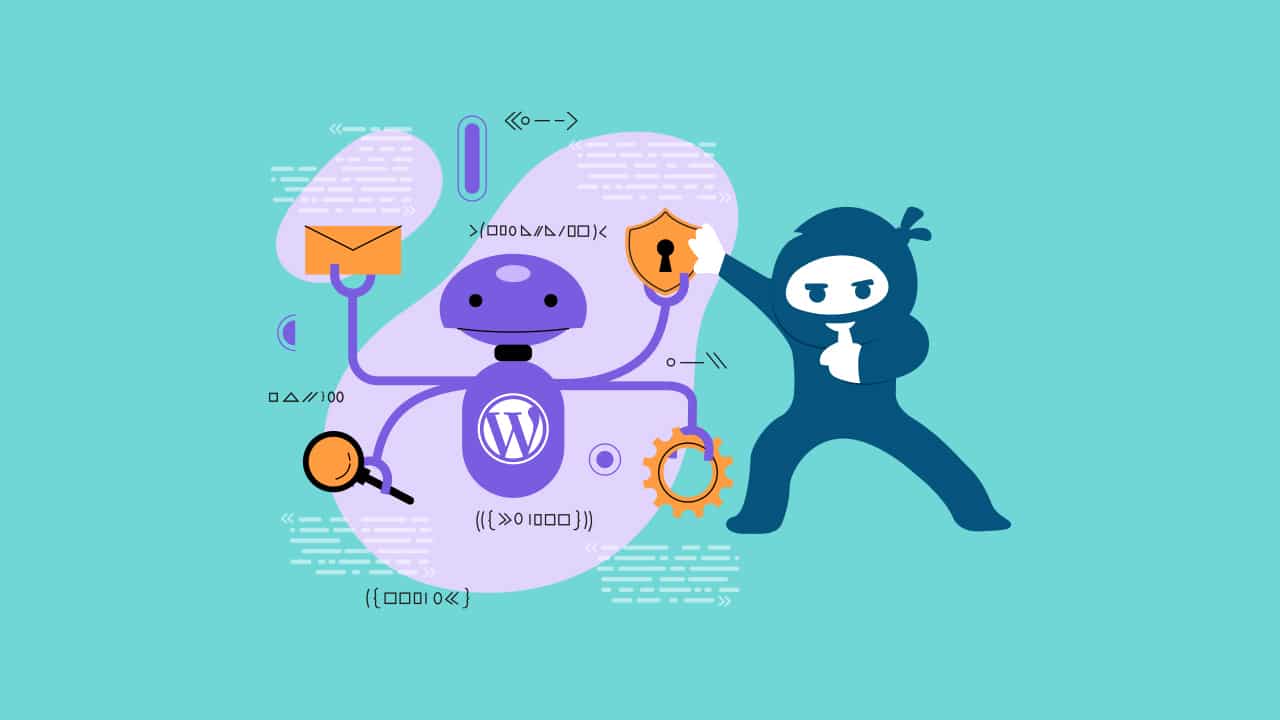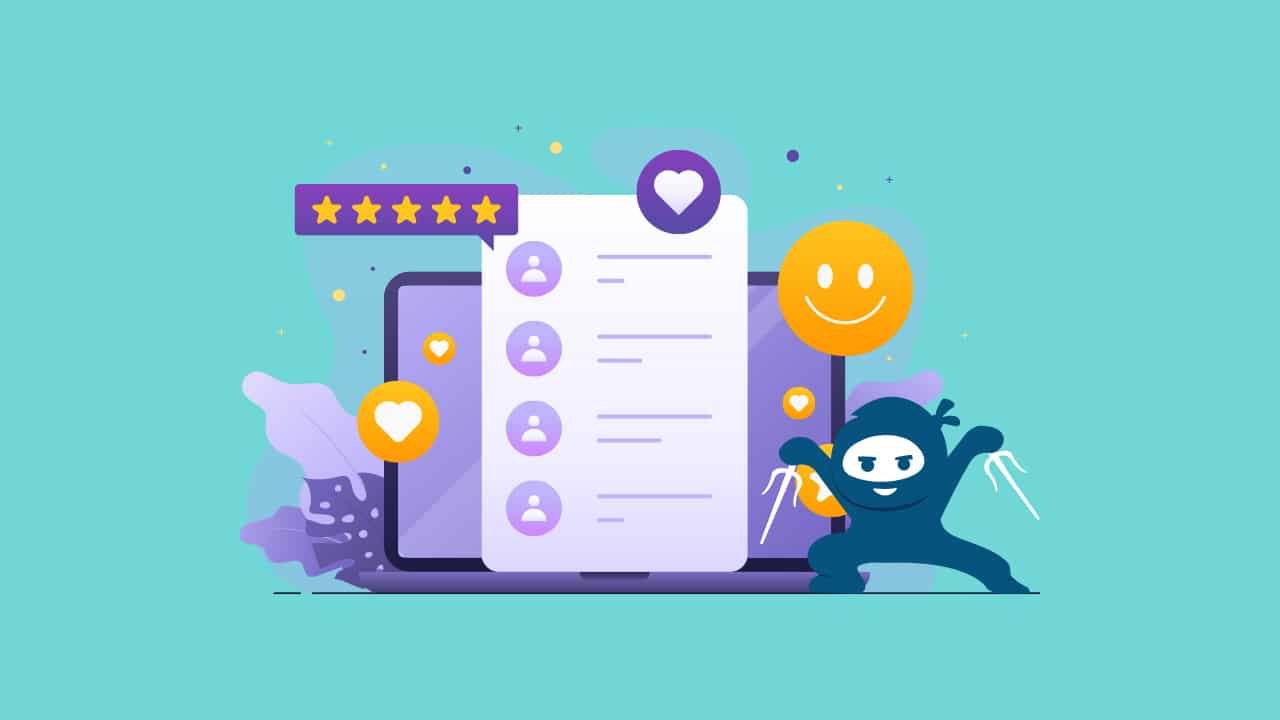A WordPress Multisite network is useful in various scenarios where you want to manage multiple websites or blogs from a single WordPress installation, such as when running a network of blogs or multi-language websites. This setup lets you manage multiple sites from a single WordPress installation. This way, you can create new sites instantly and manage them all with just one username and password.
However, while Multisite offers some benefits, it might not be suitable for all scenarios. If you’re just managing a few small websites, a regular WordPress installation might suffice. Multisite networks can be more complex to manage, so it is important that you evaluate your needs carefully before deciding to go for this option.
In this article, our WordPress experts walk you through the basics of WordPress Multisite Networks to help you figure out whether it is the best option for you.
What is a multisite network?
A multisite network is a WordPress feature that enables you to create and manage multiple websites from a single installation on a server. In essence, you’ll be using a single set of WordPress core files, plugins, and themes, and each website within the network is referred to as a “subsite.”
So how do subsites work? Each subsite within the multisite network operates as an independent website with its own content, settings, and sometimes unique themes and plugins. At the same time, subsites share a database with the primary site but have separate tables to store specific data.
A network administrator has access to a centralized dashboard, allowing them to manage all sites from a single place. From their dashboard, they can add new subsites, manage user roles and permissions, and install themes and plugins for the entire network.
Core updates, theme updates, and plugin updates can be managed centrally, ensuring consistency and simplifying the update process.
Single vs. Multisite Installation

A single-site installation of WordPress is the traditional way of setting up a single website using the WordPress content management system. In this setup, you install WordPress on a web server, and it’s dedicated to managing a single website. Each installation has its own database, themes, plugins, and content.
A multisite installation, on the other hand, allows you to create and manage multiple websites from a single WordPress installation. Each site within the network can have its own content, themes, plugins, and users while sharing the same WordPress core files and database.
the choice between single-site and multisite installations depends on your specific needs. If you’re managing separate, unrelated websites, a single-site installation might be more appropriate. If you’re running a network of interconnected websites and want centralized management, a multisite installation could be beneficial. However, you should consider factors like complexity, maintenance, and the level of independence you need for each website when making your decision. We’ll explore some of the pros and cons below.
Pros and Cons of WordPress Multisite
Pros
- Easy management: As the network administrator, you can easily manage multiple sites from a single dashboard.
- Site-specific admins: Each site on the network can have its own admins who can manage their site without interfering with others.
- Efficient updates: You can install plugins and themes for multiple sites with one download, and updates can be managed on one master site.
- Resource Efficiency
- Shared Plugins and Themes
Cons
- Complexity: The centralized management of themes, plugins, and users requires a good understanding of how the network functions. Additionally, troubleshooting issues can be more intricate since problems might affect multiple subsites.
- Plugin and Theme Compatibility: Not all plugins and themes are compatible with Multisite networks. Some plugins might not work properly across all subsites due to differences in configurations or customizations.
- Maintenance Challenges: While you can centrally manage updates, there’s a risk that updates might conflict with certain subsites or cause unexpected behavior. Testing updates across all subsites can be time-consuming and complicated.
- Limited Customization: Each subsite in a Multisite network shares the same core WordPress files and database structure. This shared nature can limit the level of customization you can achieve for individual subsites.
- Security Concerns: If one subsite is compromised, there’s a potential for the entire network to be exposed. Ensuring proper isolation of subsites and implementing network-wide security measures is essential but can be complex to manage effectively.
Setting Up a WordPress Multisite
Prerequisites
Before setting up a Multisite network, ensure that your web hosting environment meets the necessary requirements such as adequate server resources to handle multiple sites and that you have access to your server’s configuration files (e.g., wp-config.php, .htaccess, or Nginx configurations).
Once you’ve found suitable hosting for your website network, you need to decide whether you want to use subdomains or subdirectories and configure your domain or subdomain settings accordingly.
Enabling Multisite
To enable Multisite, you need to edit your WordPress configuration file (wp-config.php). Follow these steps:
- Backup Your Site: Before making any changes, create a backup of your website and database.
- Open wp-config.php: Locate the wp-config.php file in the root directory of your WordPress installation and open it in a text editor.
- Define Multisite Constants: Add the following lines of code:
/* Multisite */
define(‘WP_ALLOW_MULTISITE’, true);
- Save the wp-config.php file after making the necessary changes.
Finally, depending on your web server (Apache or Nginx), you need to modify configuration files to enable Multisite.
After making the required changes, you’ll see a “Network Setup” menu under “Tools” in your WordPress dashboard.

Follow the on-screen instructions to set up your network choose between subdomains or subdirectories and provide the necessary network details. Then, update the URLs for your network’s main site and any additional sites you create and set permalinks for each site based on your preferred structure.
Best Practices for WordPress Multisite
Regular Backups
Set up automated, scheduled backups for your entire Multisite network. Regularity depends on the frequency of content updates. Daily or weekly backups are common.
This ensures that you have a copy of your network’s data and configurations that can be restored in case of data loss, accidental deletion, security breaches, or other issues. Here’s how to approach backups. Store backups offsite, preferably on a separate server or cloud storage service.
Use Network-Optimized Themes and Plugins
Selecting themes and plugins that are optimized for WordPress Multisite networks can contribute to smoother operation and better performance. Check that themes and plugins explicitly mention compatibility with Multisite networks. Some plugins might have specific settings or functionality for multisite environments.
Monitoring
Monitoring the performance of your Multisite network ensures that it’s running optimally and that you can fix any issue that comes up promptly before any damage is done. Resources are one thing you should always keep an eye on. Make sure you actively monitor server resources like CPU, memory, and disk space, since one subsite could be consuming excessive resources, affecting others.
As with any other site, it is advised that you monitor optime, traffic, and page loading speed.
Multisite Network Security Measures
Securing a WordPress Multisite network takes utmost importance since you must protect not only the main site but also all the subsites within the network.
It goes without saying that website administrators should adhere to basic WordPress security best practices, such as keeping the WordPress core, themes, and plugins updated to their latest versions, and only using well-known and reputable plugins and themes from trusted sources.
However, multisite administrators should also enforce additional precautions, such as limiting user access by carefully assigning roles and permissions. Users should only be granted the access they absolutely need to perform their tasks and you should set proper file and directory permissions.
Limit database access for each subsite to only the necessary database tables. Each subsite should have its own set of theme and plugin files, as well as media uploads. It’s also recommended that you customize the .htaccess and wp-config.php files for each subsite to enforce site-specific security settings and configurations. Properly isolating each subsite helps prevent security breaches in one subsite from affecting others.
Additionally, we always encourage website owners to install security plugins such as “Wordfence” or “Sucuri Security” that offer network-wide security features and to implement a web application firewall (WAF) to filter out malicious traffic and protect against common attacks.
Conclusion
WordPress Multisite is useful in various scenarios where you need to manage multiple websites efficiently, while also benefiting from shared resources and centralized management. However, it’s important to note that setting up and managing a Multisite network requires a higher level of technical understanding compared to managing individual WordPress installations.



